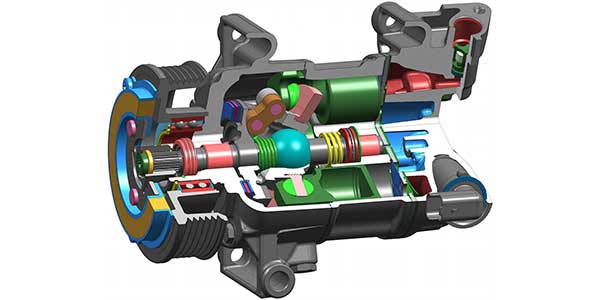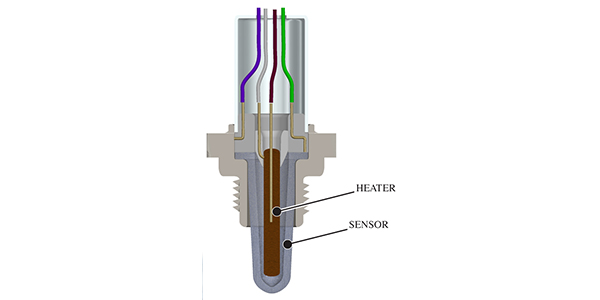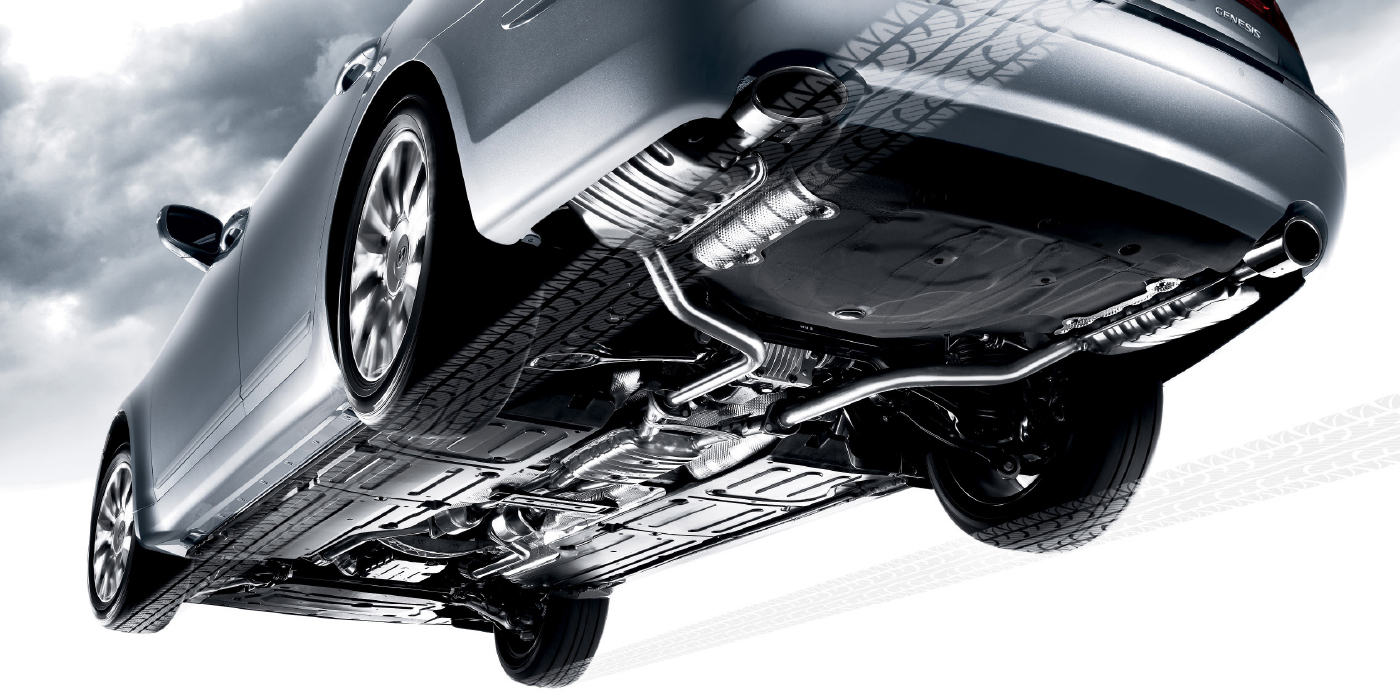
HVAC systems often fail because the air conditioning compressor fails. Not following the proper service procedures or compressor oil recommendations could be factors that contribute to premature compressor failure.
REFRIGERANT
Since the mid-‘90s, all vehicles have been using R-134a refrigerant, but soon, vehicles will arrive at your shop equipped with R-1234yf refrigerant. This is the new, more environmentally friendly refrigerant that is being mandated for adoption. Whichever refrigerant the vehicle has — R-134a or R-1234yf — that is the only type of refrigerant that should be used as a replacement. Swapping one for the other will only lead to potential problems.
OIL
The evolution of refrigerant has required an evolution of oil used inside the A/C compressor as well. When R-12 was the industry-standard, compressors used mineral-based lubricants. When the industry switched to R-134a, OEMs had to switch oils too because a mineral-based oil doesn’t mix with R-134a and will not move through the system, causing a compressor failure.
The answer was a move to PAG (polyalkylene glycol) oils. R-1234yf also requires a PAG-equivalent oil. PAG oils come in several different viscosities (PAG 46, PAG 100 and PAG 150), and OEM recommendations vary. As an example, Sanden R-134a SD7H15 piston compressor models use Sanden SP-15 PAG oil for service. SD5H models are shipped with SP-20 PAG. All Sanden R-134a compressors for some GM, Honda and Volkswagen applications use SP-10 PAG oil.
If the OE specifications are not available, some technicians have chosen to use PAG 100 in all factory R-134a A/C systems because of its universal viscosity.
FILL OIL TO SPECS
HVAC systems circulate refrigerant oil with refrigerant through the system, and when a system is recovered, some of the oil remains in other system components as a film. This is why you must pay close attention to the amount of oil in a compressor upon removal.
HVAC systems with too much oil can result in reduced cooling capacity, and systems with excessive lubricant will create an internal coating that results in less heat transfer. So, if you don’t know how much oil was drained from the compressor, then you won’t know how much remains in the system, and then you will not know how much to add back.
HERE’S A GOOD PROCEDURE TO FOLLOW:
1. Remove the oil plug from the failed compressor and drain as much oil as possible from the suction and discharge ports and from the crankcase into a suitable container. Turn the front shaft nut one-half turn every minute for about three minutes. Be sure to slightly tilt the compressor back and forth a few times to help the oil reach the oil drain hole.
2. Measure and record the amount of oil drained from the compressor.
3. Drain oil from the new compressor following step 1.
4. Replace some of the new oil back into the new compressor in an amount equal to the measurement taken in step 2.
5. Reinstall the oil plug and torque to specs.




